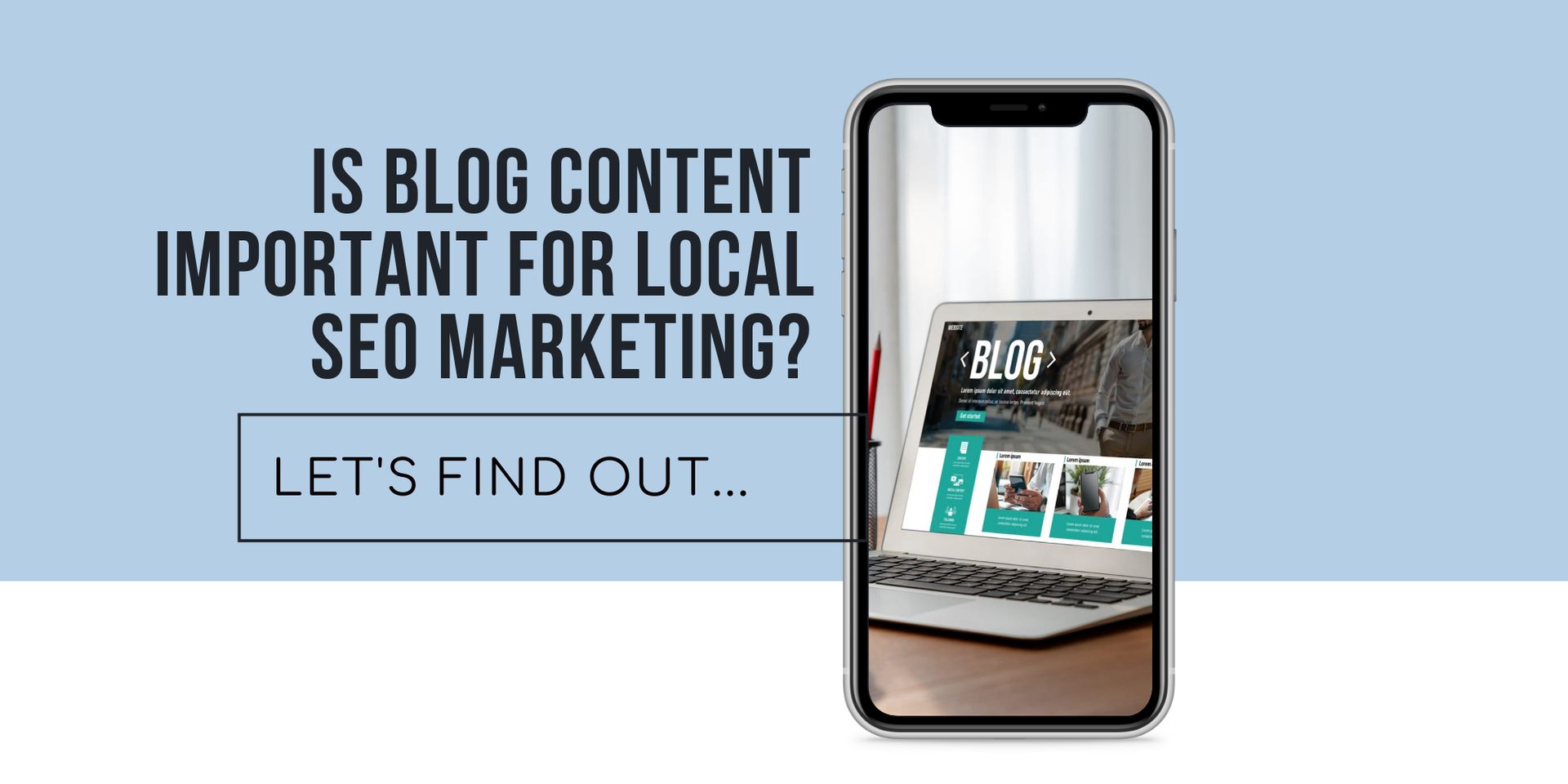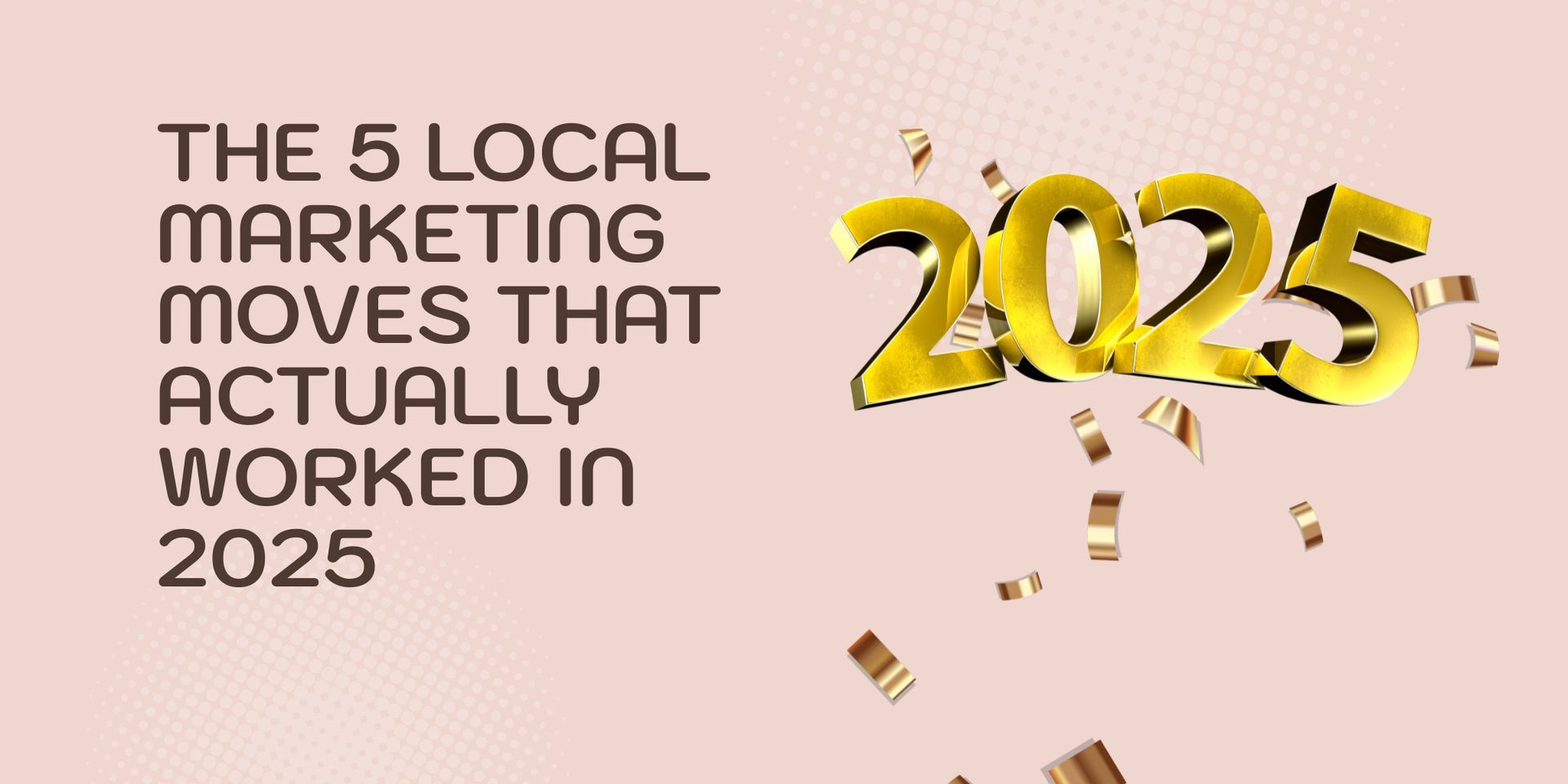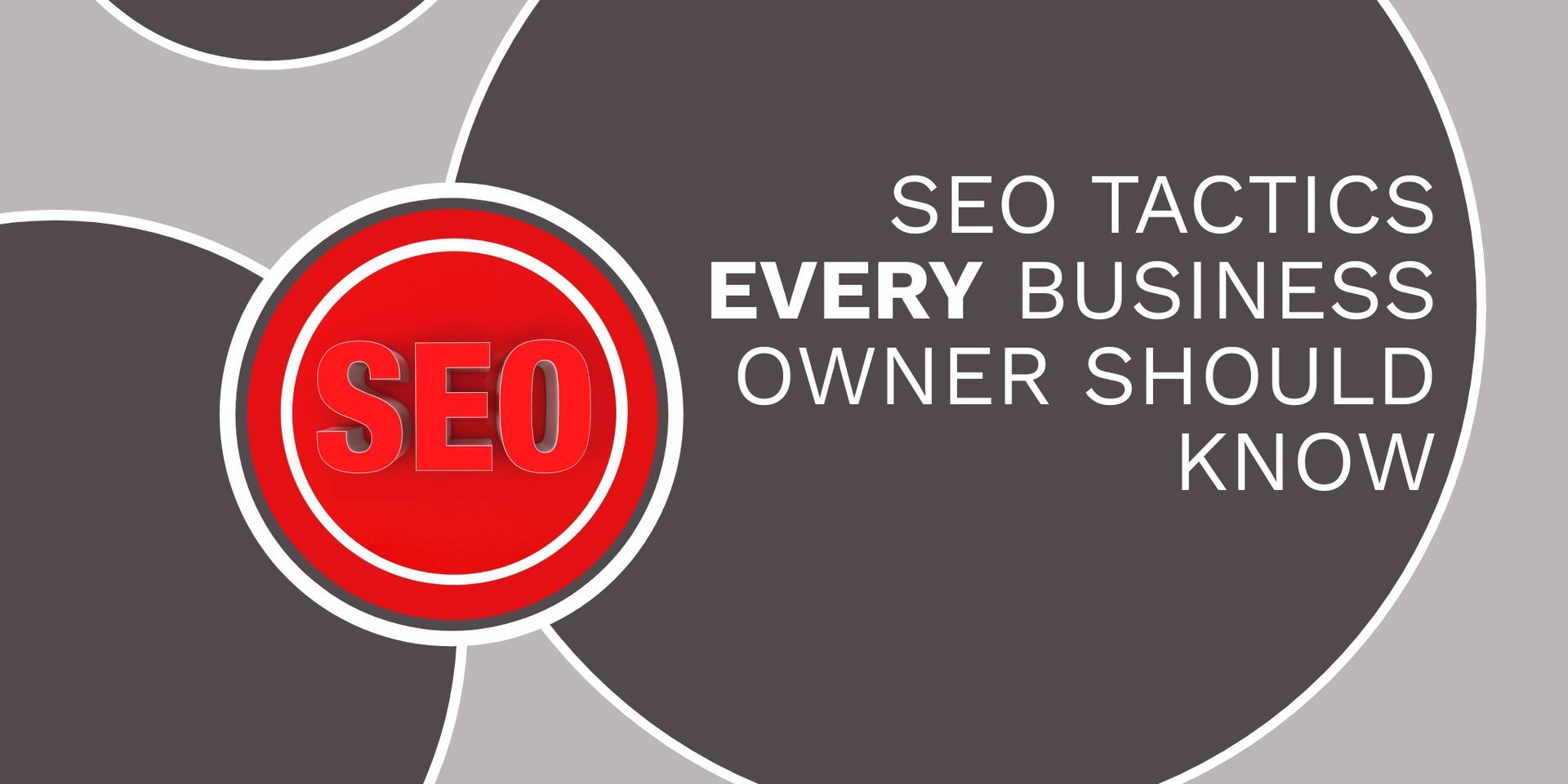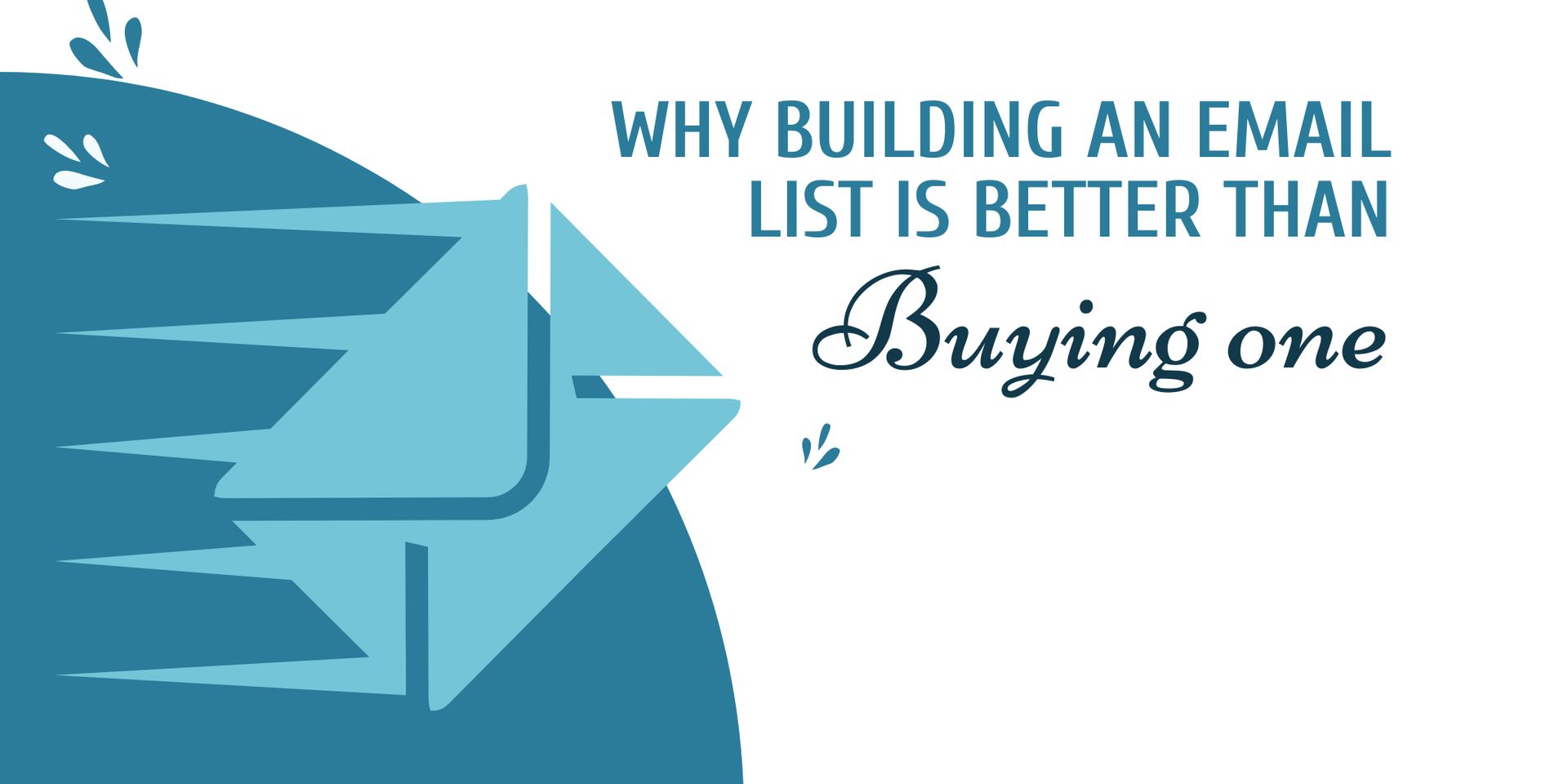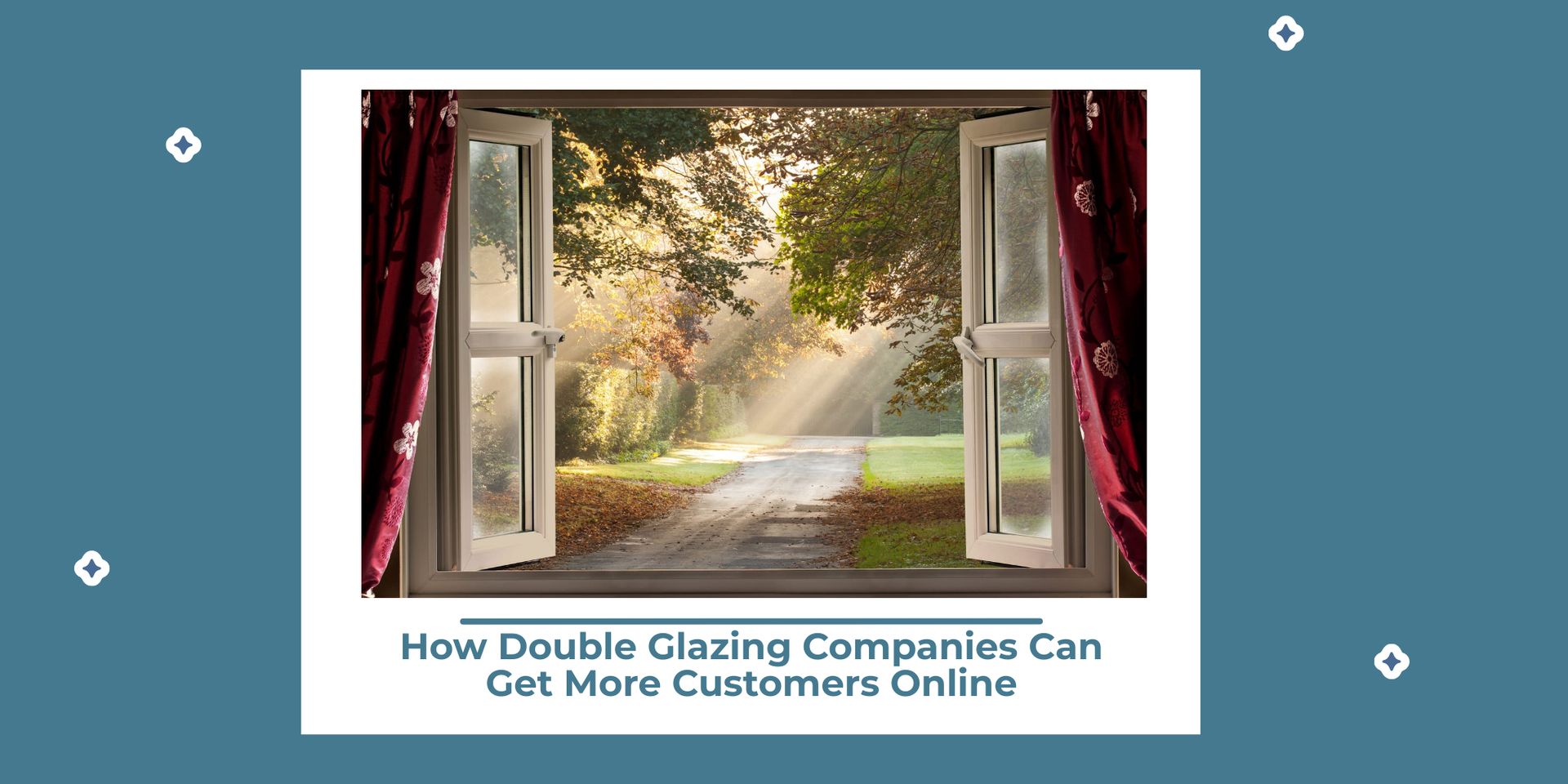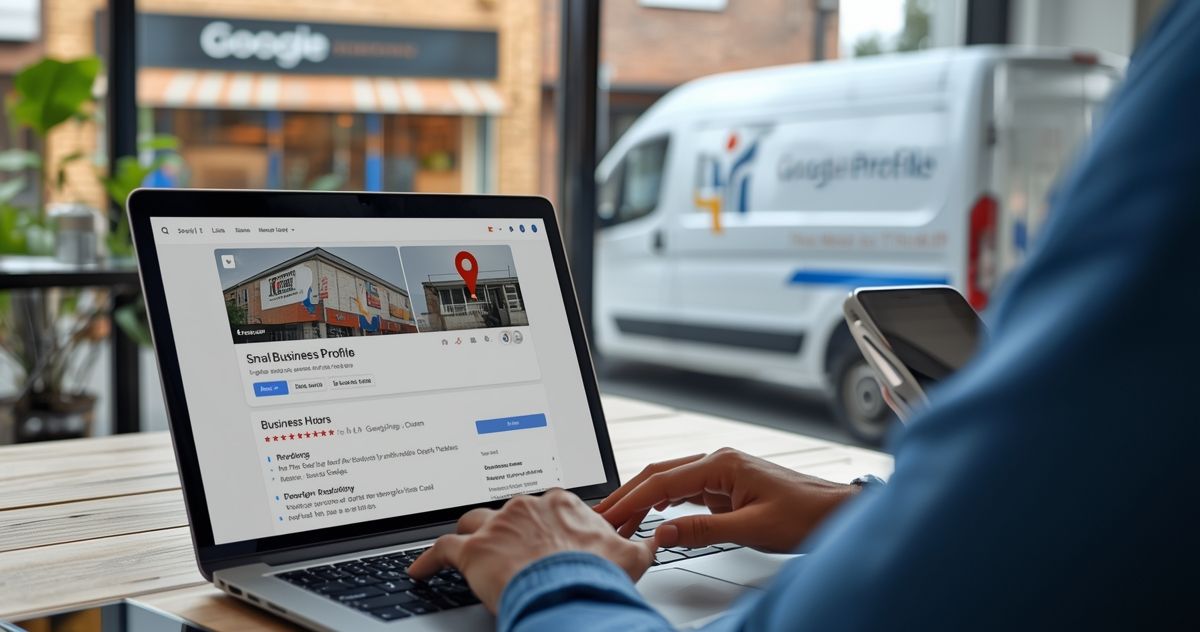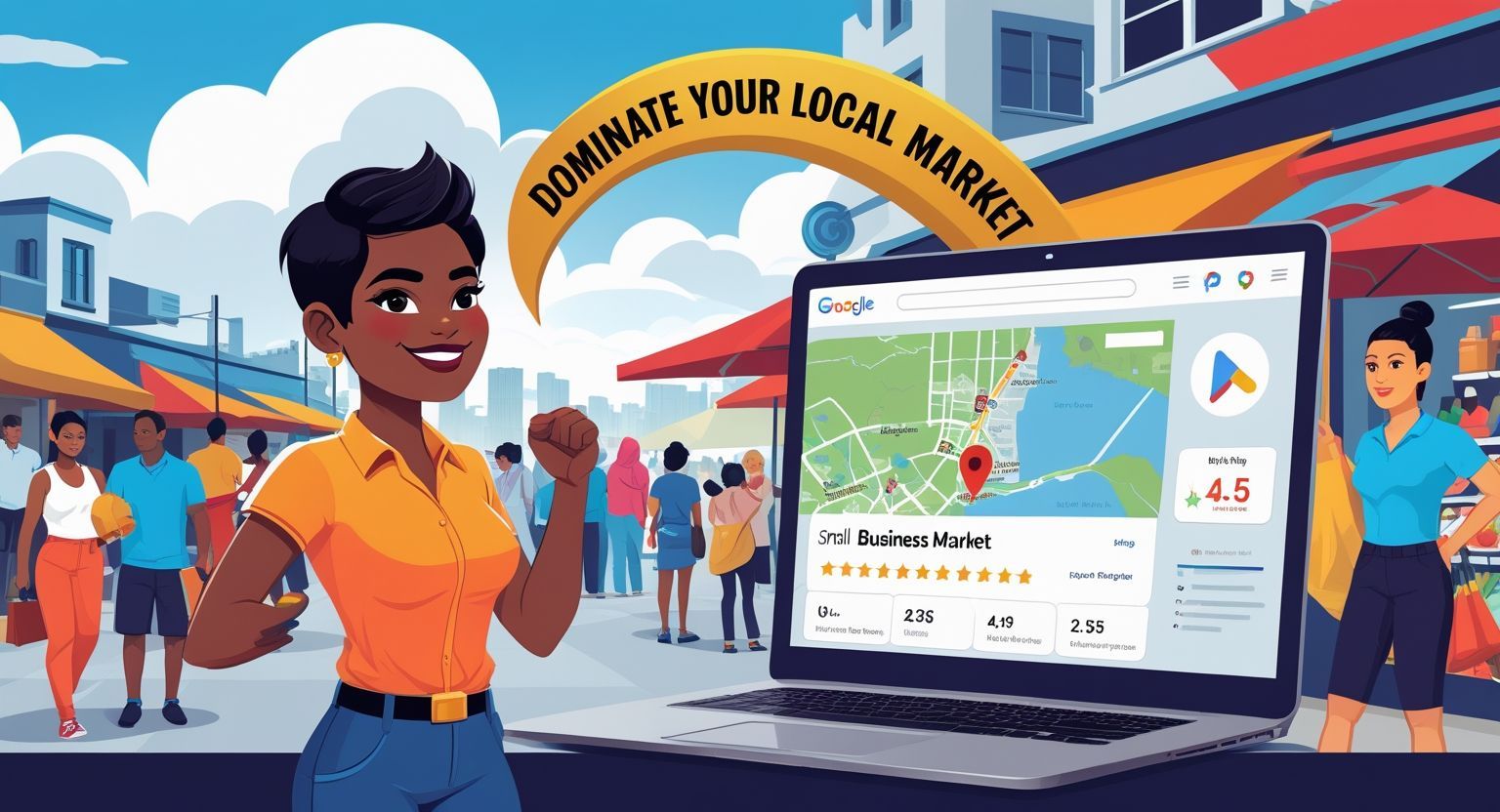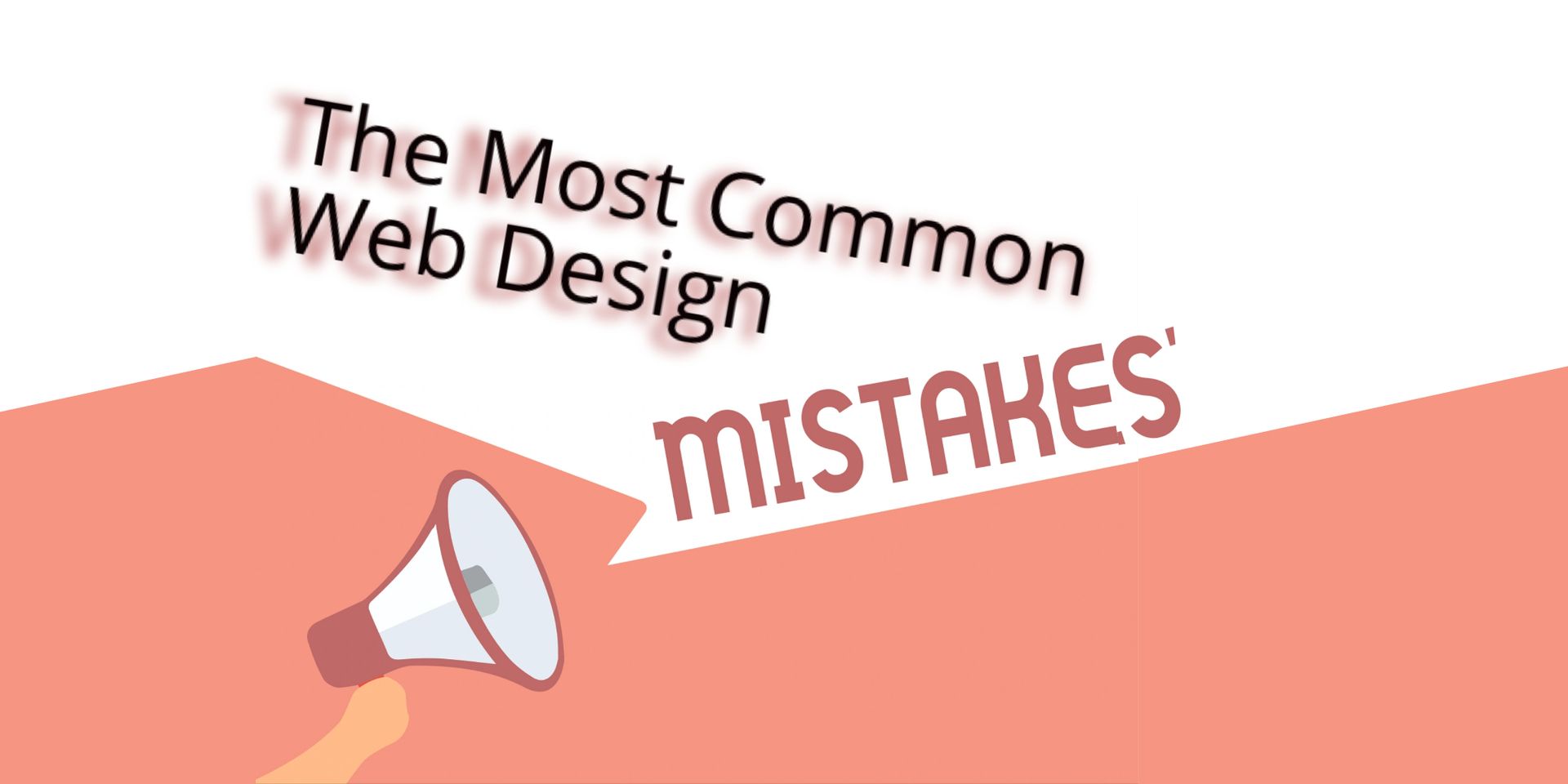October 28, 2014
5 tips to get people to read your blog
How to make a blog readable

So you thought you had cracked blog-writing once and for all with interesting, conversational style, grammatically perfect prose? Wrong.
Great blog-writing is as much to do with format as it is about good content.
So how do you get people to read your blog…?
Don’t get me wrong - writing inspiring, engaging and informative copy is a must. But your efforts will be worthless if you post one long lump of text.
The reality is people read differently while online than they do reading a newspaper or magazine.
Web visitors are inclined to skip large passages of information in an effort to identify the information they really want.
The buzz word for this process is ‘scanning’ and you’ll find plenty of articles online telling you how to create ‘scannable’ content .
Really this means creating blogs or articles that are clearly formatted to cater for the experienced web reader.
The perfect blog, in my opinion, should aspire to the principles of a great soap opera, allowing people to dip in and out whenever they like yet still be able to grasp the gist of what is going on.
This guide is aimed at helping you to correctly format your website copy so that it appeals to audiences rather than turning them away.

1: Consider title carefully
People will be drawn to your page to find out information they want to know. Make sure your title reflects this and gives them a clear idea of what knowledge you are offering.
An obscure title is unlikely to win you any clicks regardless of whether the content is perfect.
If you are trying to solve a customer’s common problem in your blog, ask the question in your title.
2: Lead with your conclusion
It might go against everything you learnt at school or university but it really is important in online writing to summarise your most important point in the first paragraph.
This is one example of online writing which is not so different from print media as journalists also use this approach in their introduction to ‘hook’ the reader.
Your online reader will probably skim the rest of your blog from the intro down but the higher up you bring your most important points, the longer they will be convinced to remain on the page.
3. Break up your text
Nobody wants to read a webpage that is crammed with words. Web users have become accustomed to receiving well-presented information with lots of white space.
Short paragraphs provide a natural break in the text and pictures to illustrate key points help to invigorate overcrowded pages.
4: Use lists
Following on from the tip above, lists are a great way of delivering bite-sized chunks of information – exactly what web users want.
People are looking for specific information when they enter a Google search. Only a proportion of your copy will be of interest so make it easy for this information to be retrieved.
5: Use bold headings
Headings are another way of signposting web users to different areas of your blog to help them arrive at their chosen destination swiftly.
An article is likely to cover a number of areas relating to the same subject. Separating these categories by headings makes your article easier to digest.
Get Customers Fast, as our name suggests, helps you get customers for your business.
Feeling Overwhelmed?
I understand - SEO can seem like a full-time job. That's why we offer Local Business Visibility Packages to fit all budgets.
We'll manage your entire Google Business Profile, local SEO, and review management while you concentrate on what you do best - running your business.
But before anything else, let’s see where you stand.
Grab your free 15-minute Local Visibility Boost Session
No pressure, no sales pitch - just real, actionable tips tailored to your business.
Want more tips like these?
Pop your email in below for our Quick Tips Tuesday newsletter. No faff, just practical advice you can use straight away.



